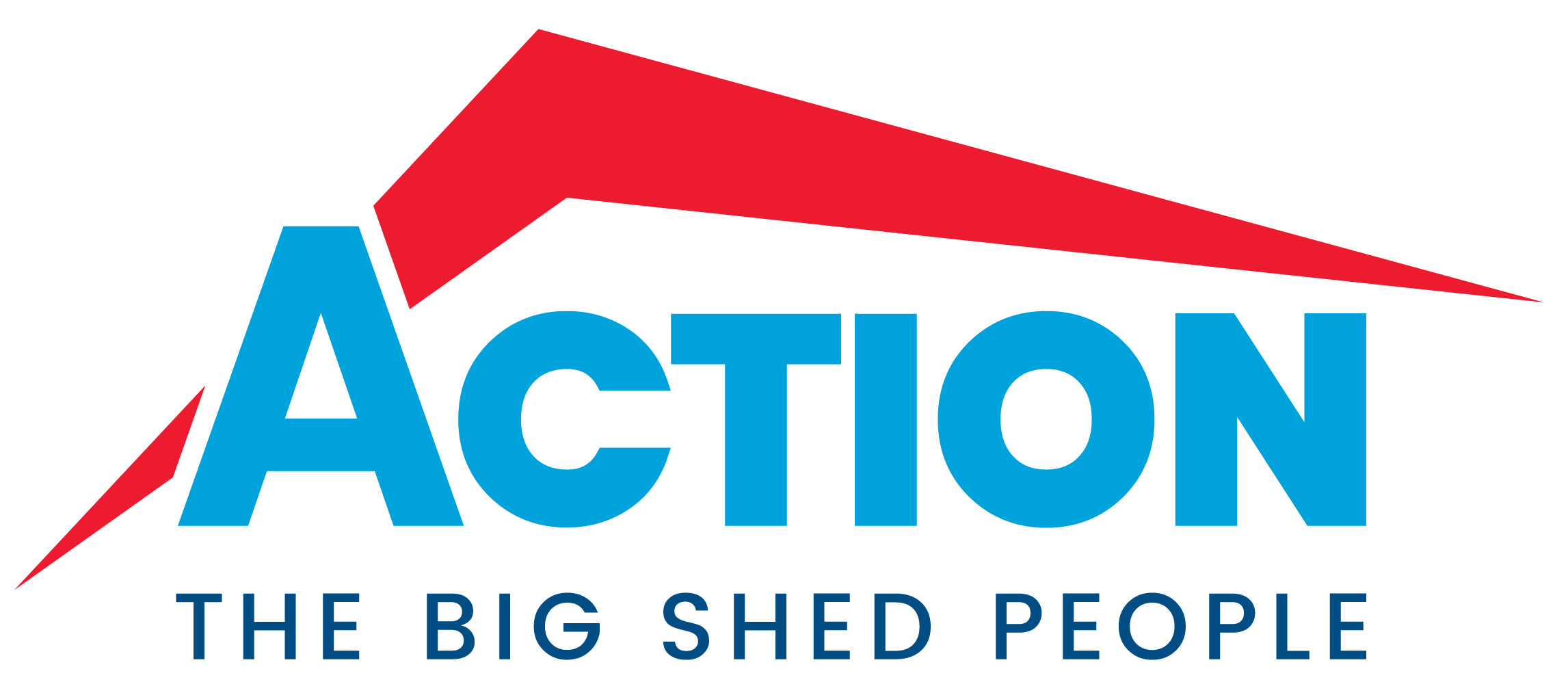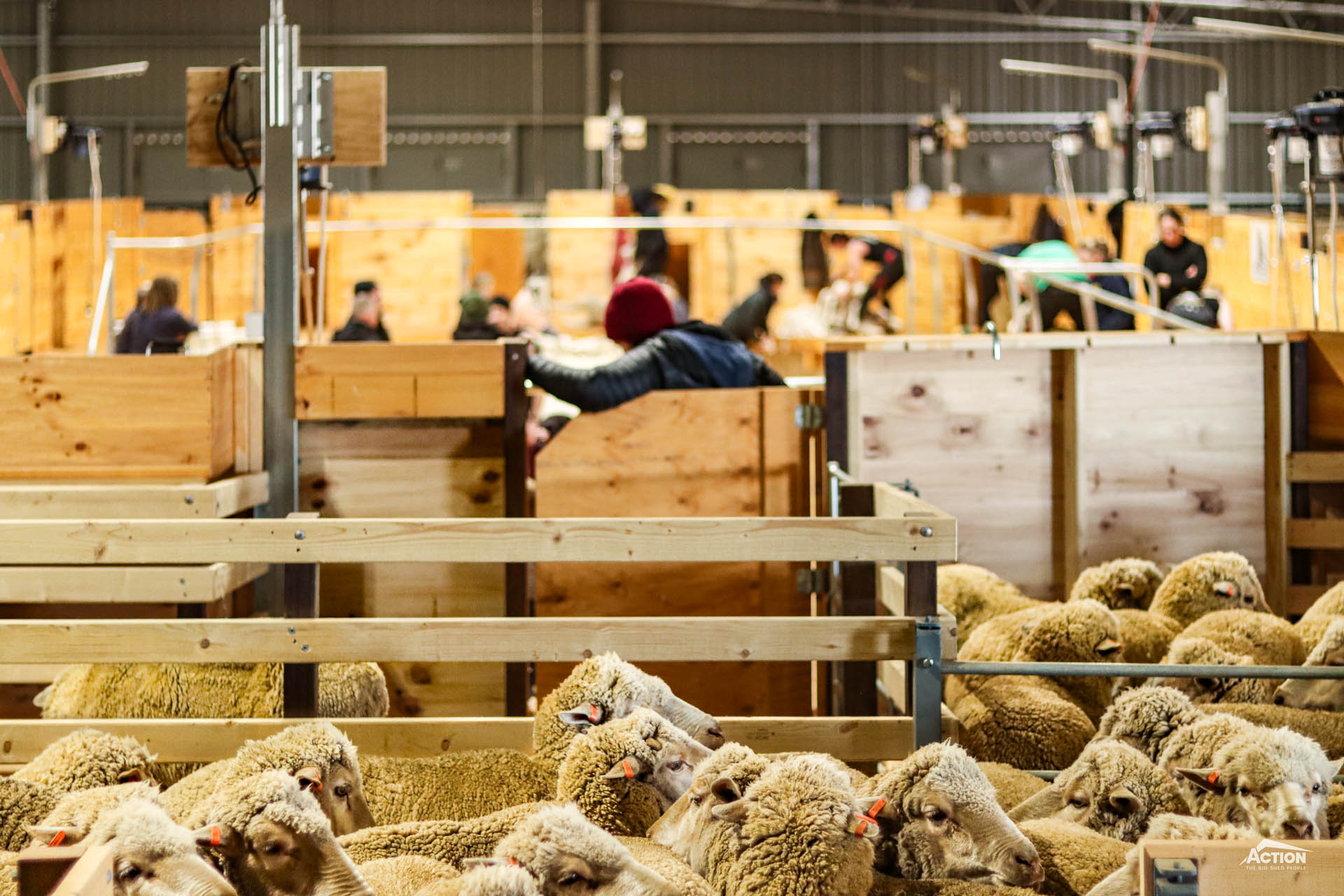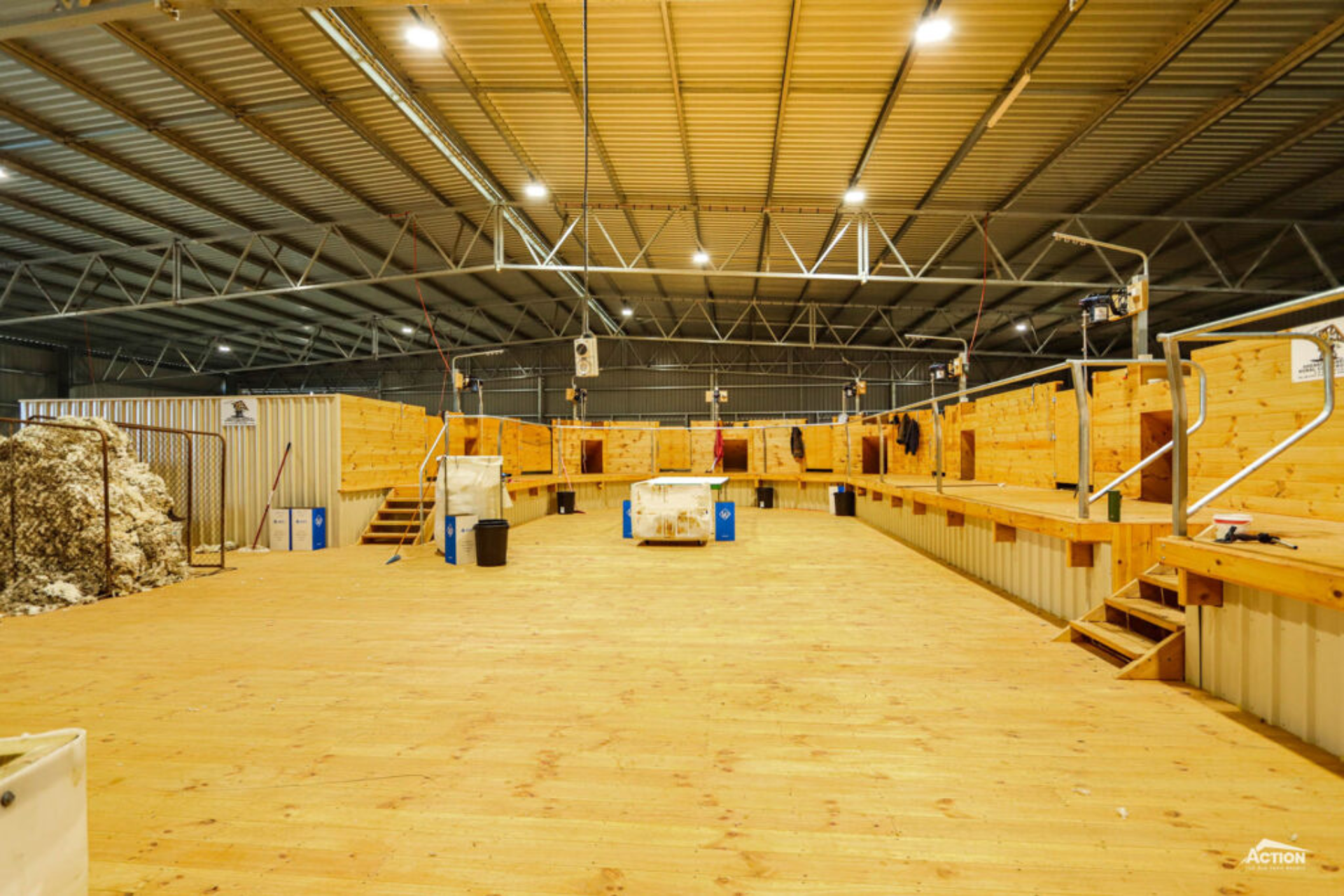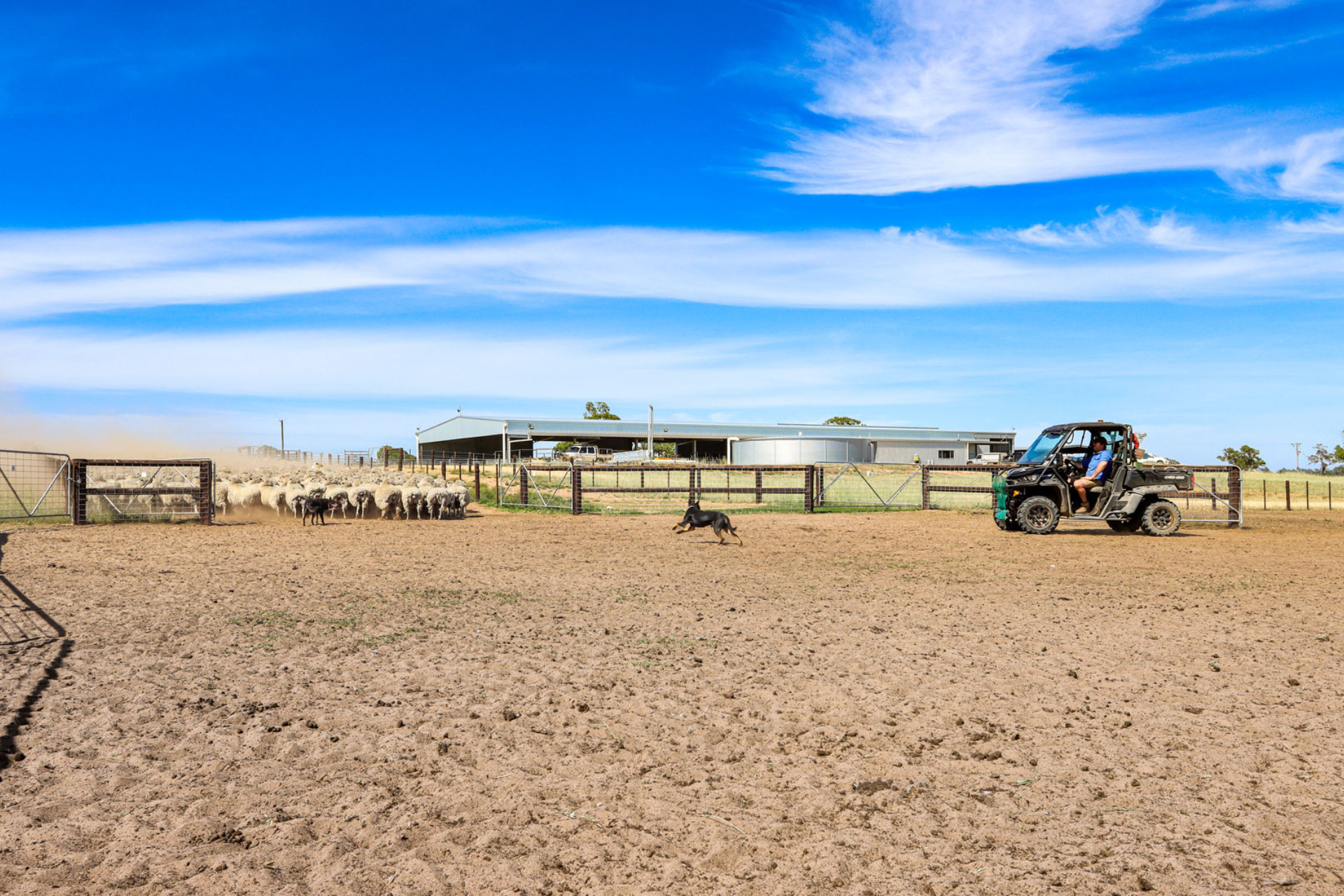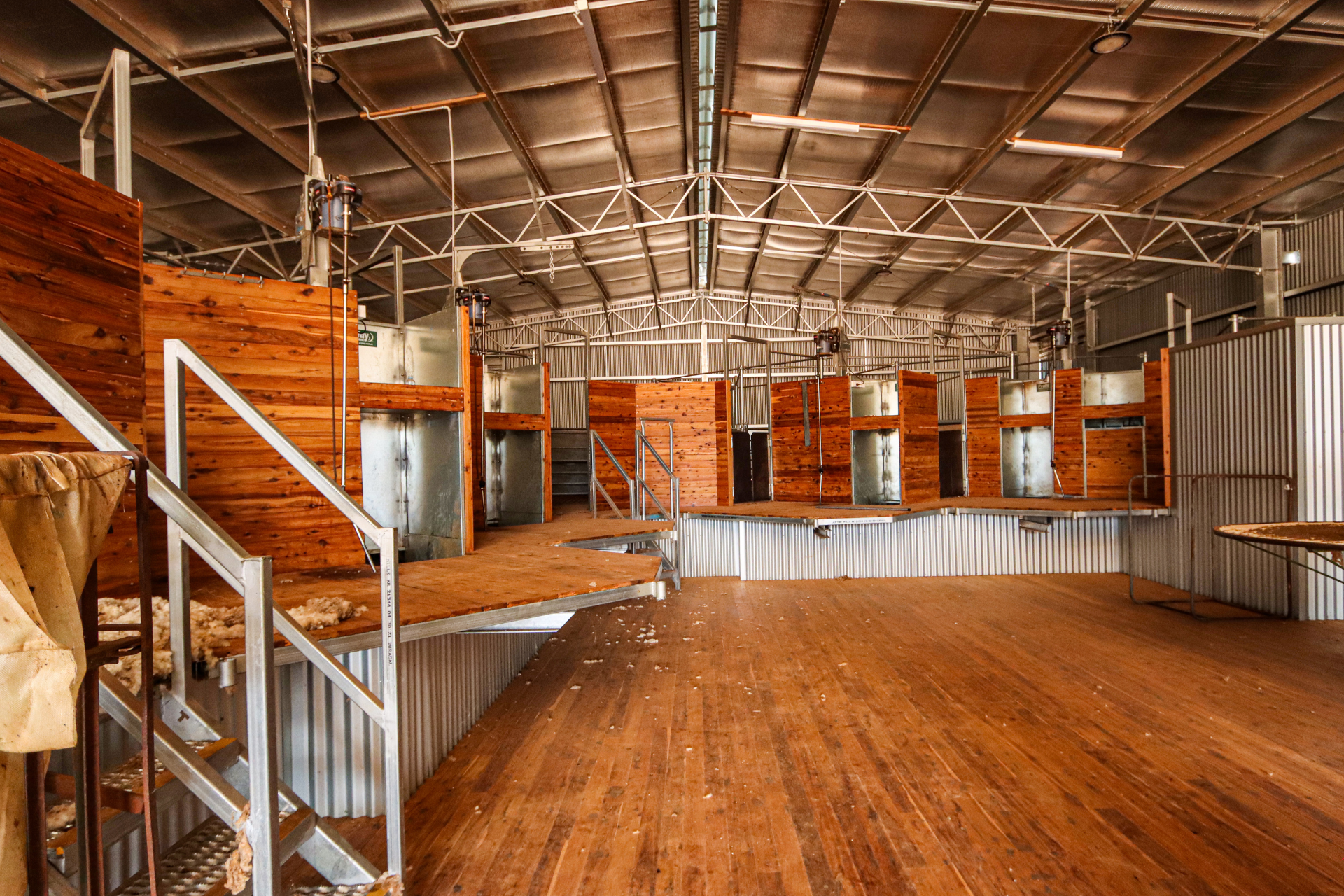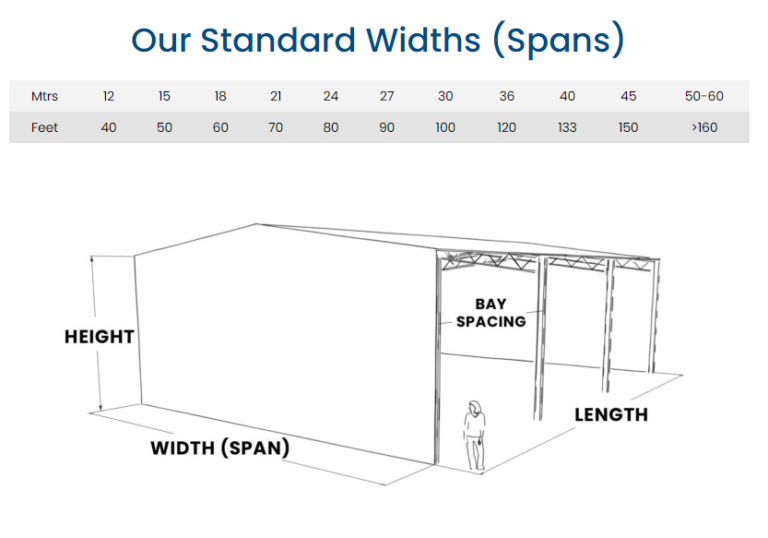Shearing shed safety should never be overlooked or left to chance.
Like any physical job, shearing has an increased risk of injury and illness, which is why it is important to improve and maintain safety standards in shearing sheds across Australia.
A shearing shed designed to prioritise shearer and worker safety minimises the risk of injuries and accidents. Not only does this benefit existing staff (and improve your staff retention) but it makes the industry attractive to potential employees.
And with declining local shearer numbers and limited access to shearers from New Zealand this is more crucial than ever.
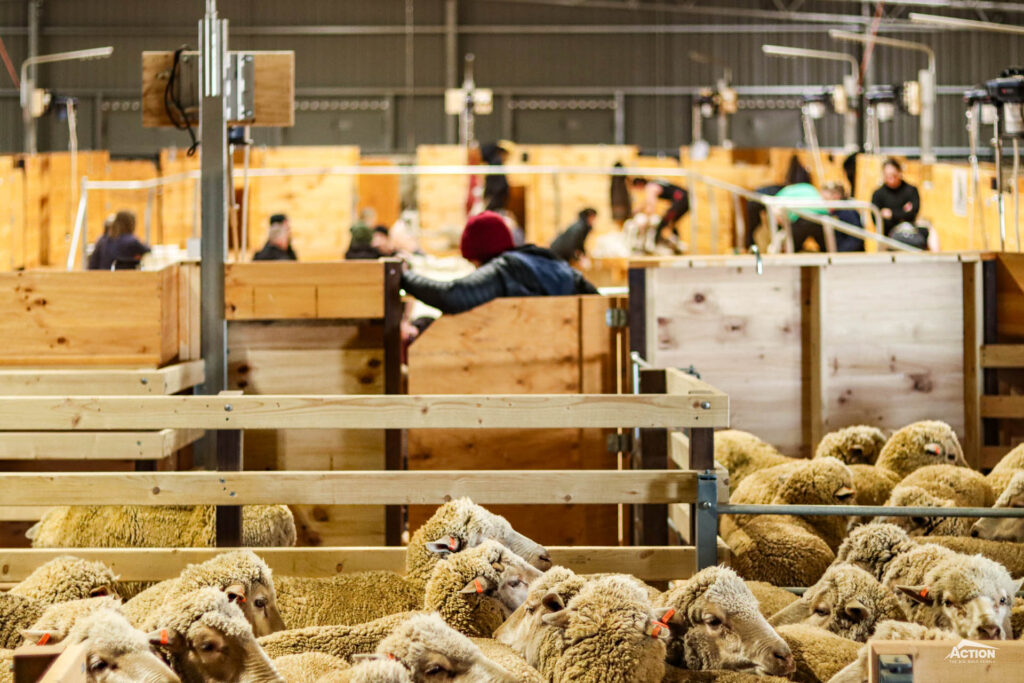
In this article we look at assessing and improving the safety of your shearing shed and the importance of educating staff.
Assess & Improve The Safety Of Your Shed
Here are some steps to take to get you started:
- Identify hazards and their level of risk
- Eliminate hazards where possible or have a control measure in place to minimise risk
- Keep a record of any hazards and incidents and document steps taken to resolve these
- Regularly review your shed safety e.g. before and after shearing.
8 Areas To Review In Your Shearing Shed
Here is a handy checklist of eight areas to review in your shearing shed to make sure it is safe and up to scratch.
Then scroll on to find more helpful articles and industry resources.
1
Holding Pens, Grating Area & Undercover Yards
It is a good idea to review the holding pens or undercover yards when looking for ways to improve your shearing shed. For example, your grating area or your covered yards need to have the capacity to keep shearers supplied with dry sheep.
If you are looking for a cost-saving on your new shearing shed project, generally a roof over your yards is a more cost-effective option than grating. A yard cover is also a more versatile investment.
2
Board Design, Layout & Lighting
Is your board the right design? Ask your shearing contractors for feedback and review the AWI research and suggestions for safe board designs.
If you opt for a raised board design ensure it is the best practice depth and height to make it easier for shed hands to reach and handle wool.
You can learn more about raised board shearing sheds here – Raised Board Shearing Sheds: Pros, Cons & Prices
And browse the gallery below of recent shearing shed projects completed in collaboration with fit-out companies such as ProWay, Kendrick Sheds and Commander.
The board also needs to be well lit. A board with good lighting makes both shearing and wool classing safer and easier.
A combination of natural and artificial light is a common option for both shearing sheds and yard covers.
You can learn more here – 3 Farm Shed Lighting Options
3
The Shearing Safety Zone
Is there enough room to work safely in working areas?
For example, Australian Wool Innovation recommends ‘The Shearing Safety Zone’ for the shearing plant which is at least 1525mm apart in older sheds and 2100mm apart in new sheds.
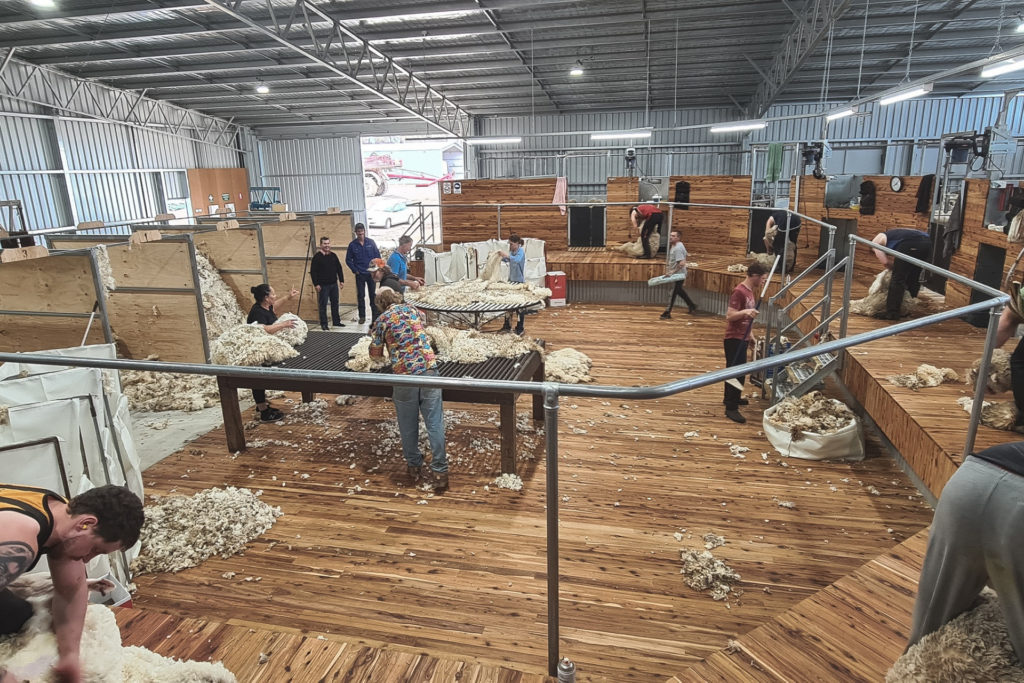
4
Airflow & Temperature
Extreme heat or cold, and poor airflow can impact working conditions and staff comfort.
Details like cladding and insulation choices, gable infills, partially clad walls, ridge and wall vents and shed orientation can all be used to improve temperature control and ventilation and create safe working conditions in your shearing shed.
5
Access Points, Steps & Railings
If you are looking for ways to upgrade your shearing shed and make sure it is compliant (rather than replace it), the ladders/steps and access points are a good place to start.
For example, replace old, outdated and unstable ladders with secure steps with handrails made to Australian safety standards.
6
Wool Room Size
Is your wool room big enough? The wool room needs to be big enough to allow work to be completed safely and without collisions with machinery.
Plus, we generally recommend including a generous sized wool room in your shearing shed project as it can become a multipurpose space when you aren’t shearing. For example, using the wool room for machinery storage is a popular option and is a great way to get the most value for your money.
You can find more suggestions like this, here – How To Create A Cost-Effective Shearing Shed Design
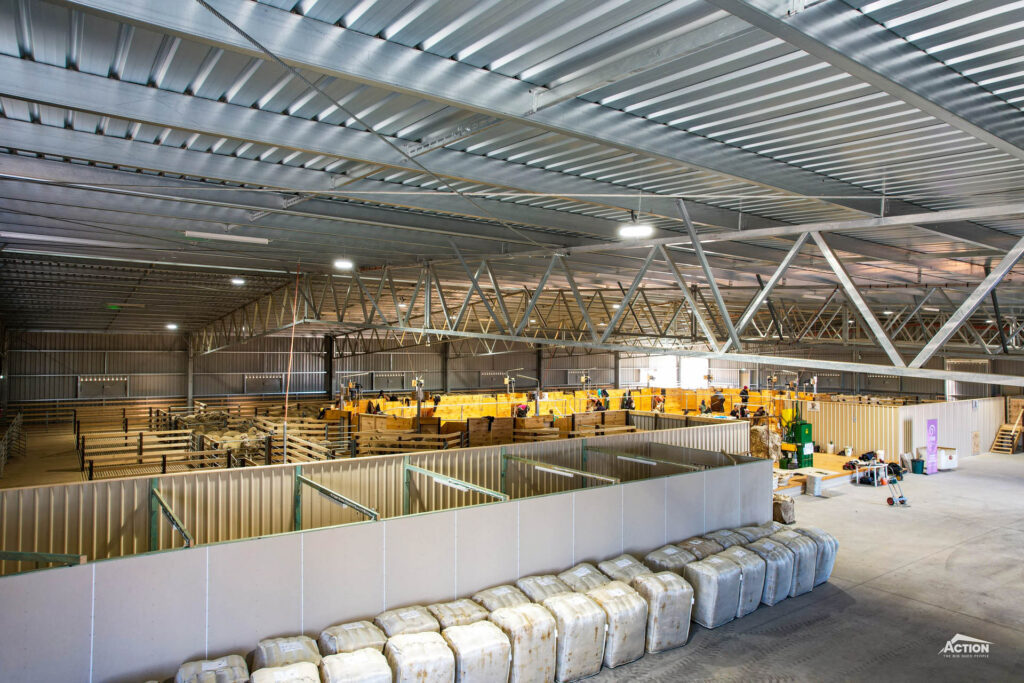
7
Flooring
The wool room floor can have an impact on shearing shed safety, particularly for the rousies and wool classers.
An even concrete floor is the easiest to keep clean and maintain, however, it is a good idea to put rubber matting or wooden flooring in key working areas like around the wool table to reduce the fatigue on workers.
8
Visibility Of Platforms & Steps
How visible are the edges of platforms and steps? This doesn’t have to be complicated. A simple painted or taped edge can help improve visibility.
Educating yourself and your staff on shearing shed safety
Here are some useful resources to ensure safety is kept front of mind:
- AWI Safe Sheds Program
- What To Include In A Farm First Aid Kit
- How Safe Is Your Shearing Shed?
- 2024 – 2025 Shearing Shed Guide (PDF Download)
